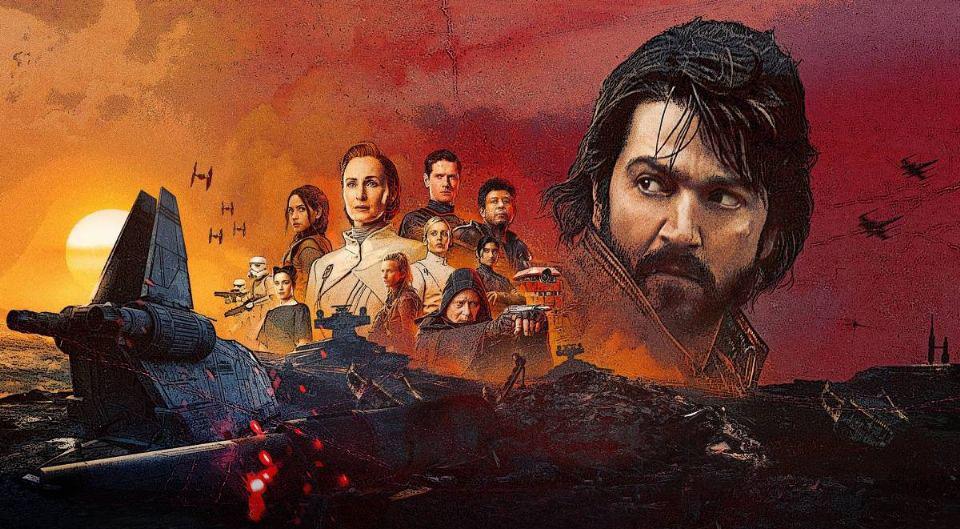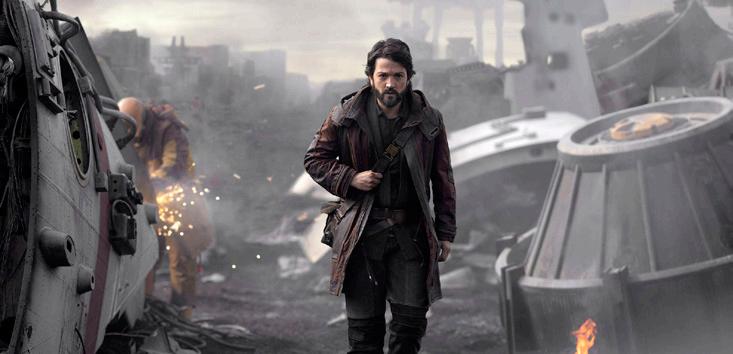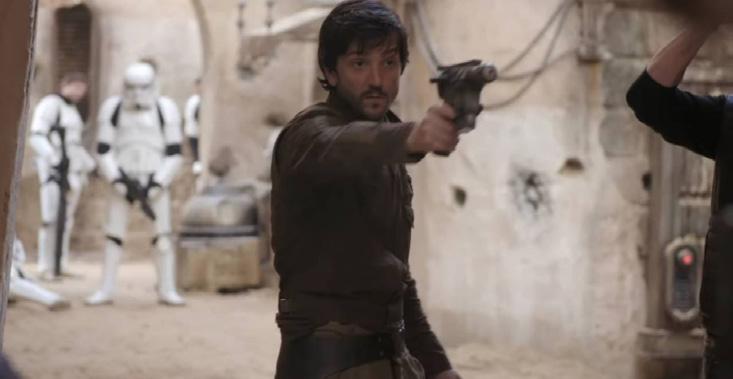
3 minute read
CELULLOID: ANDOR MASTER Jesus Ricardo Felix
CELLULOID: ANDOR
Maestro Jesús Ricardo Félix
Advertisement
I shamelessly confess that I don't know the difference between a prequel, a spin-off, a reboot, a sequel or a sequel. And it is that before we only had to deal with the term remake to know that they were not selling a new version of movies that we had already seen. I don't want it to sound like a criticism or complaint about the lack of ideas that pervades the world of modern cinema, but in a certain way it is. Star Wars fans have not been very happy with proposals such as The Book of Boba Fett or Obi-Wan Kenobi herself, although The Mandalorian had hit the nail on the head, subsequent productions have not finished filling the viewer's eye. That is why this week in Celluloid we will talk about the series starring Diego Luna: Andor.
Andor is an American series created by Tony Gilroy for the Disney company released last September. If Star Wars should give rise to the Rogue One prequel, why should we be surprised that Rogue One gave rise to the Andor series? Are we talking about the prequel to a prequel? Or the spin-off of a spin-off? In any case, and without delving into the infinite labyrinth of postmodern categories, let's start with this brief analysis. Akira Kurosawa's samurai, the old west and Frank Herbert's dunes, Andor's proposal draws on classics like Blade Runner. The story is based on the adventures of Diego Luna's character: Cassian Andor. Cassian is a simple thief trying to survive in the midst of the chaos of a society that lives in the shadow of the empire.
Much has been said about the political roots of the Star Wars universe, its closeness to government models such as fascism or national socialism. The truth is that in Andor we see the faithful portrait of a totalitarian state. There is an empire that, although it does not control everything, seeks to conquer the galaxies whose forms of life are as diverse as they are unique. There is a rebellion apparently led by a group of citizens who belong to the working class. Many of them described as migrants belonging to racial minorities. In the series we travel back five years to what happened in Rogue One, to witness Andor's transformation from a simple criminal to a hero of the rebellion.
In the case of the villains, these are not Siths with dark helmets or colored sabers, they are rather military bureaucrats like Siryl Karn. These are in charge of trying to obfuscate the attempts of the rebellion to stop the empire. Some may miss Dath Vader's super powers of moving objects with his mind or suffocating with his hand from afar, but these villains are closer to the human world. In Andor we also don't see Skywalkers or Grogus or Yodas or Chewbaccas.
Definitely recommendable, even if you don't expect the typical Star Wars story, since as we mentioned before, Andor leaves the known to experiment with different possibilities. The experiment works, although the beginning can be labeled "slow", you have to be patient as the series goes from less to more. It sounds like Cassian needs an R2D2-esque sidekick or a new breed of Chewbacca, but creator Tony Gilroy, with George Lucas's approval, prefers to take the story's course to darker places. It is a series that they have to watch and try to analyze if we can become one of those totalitarian states or if we are on the way to becoming one.
Trailer: https://www.youtube.com/ watch?v=o5j_aetA0nI













